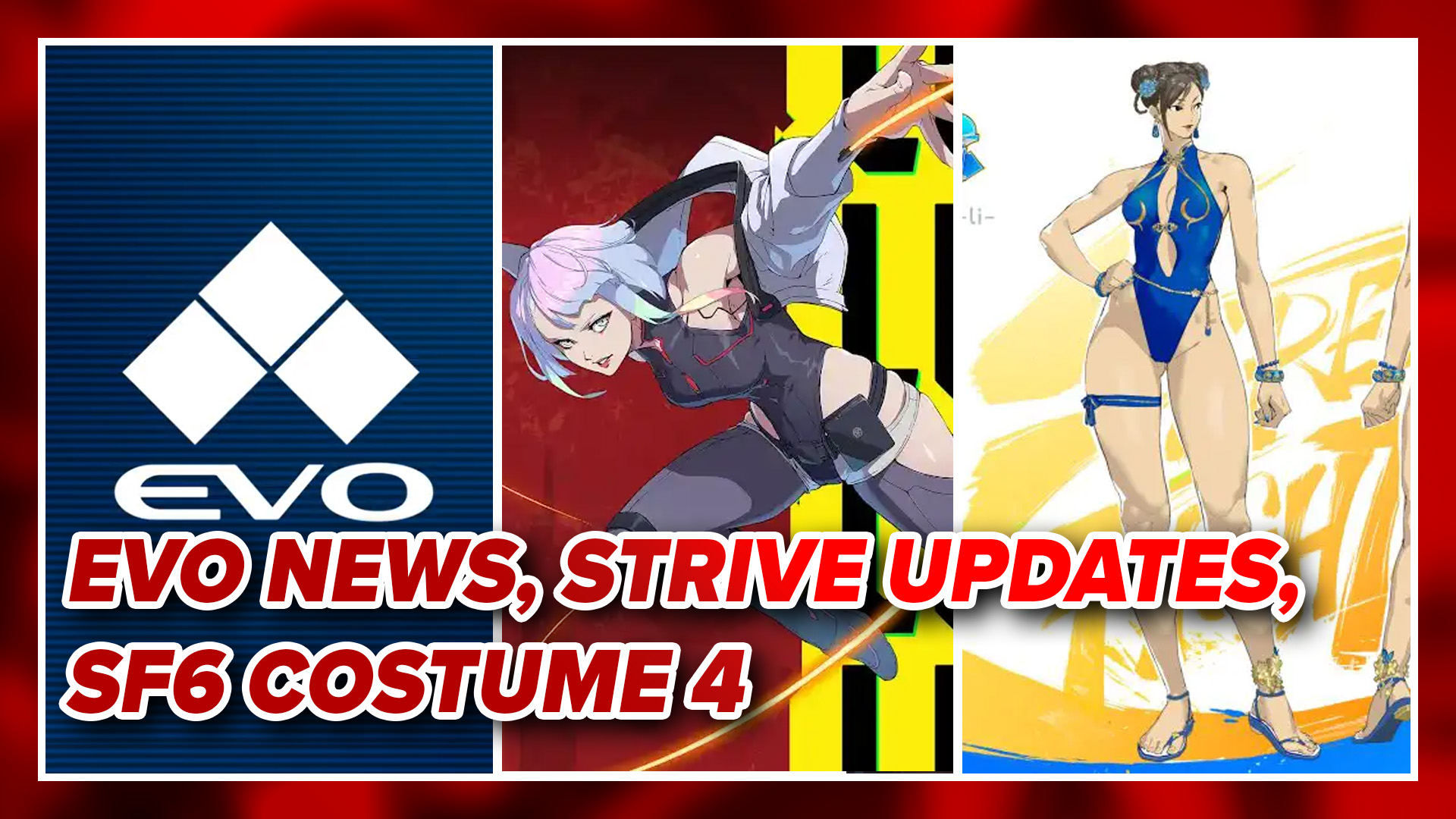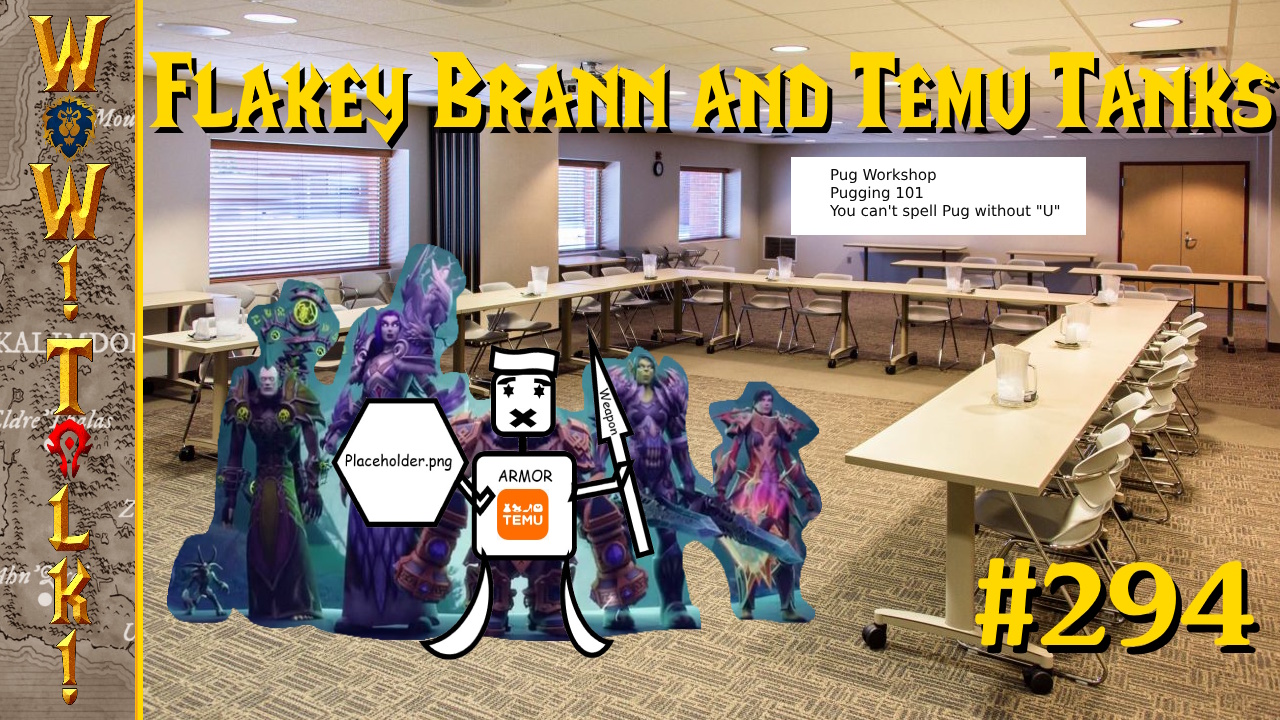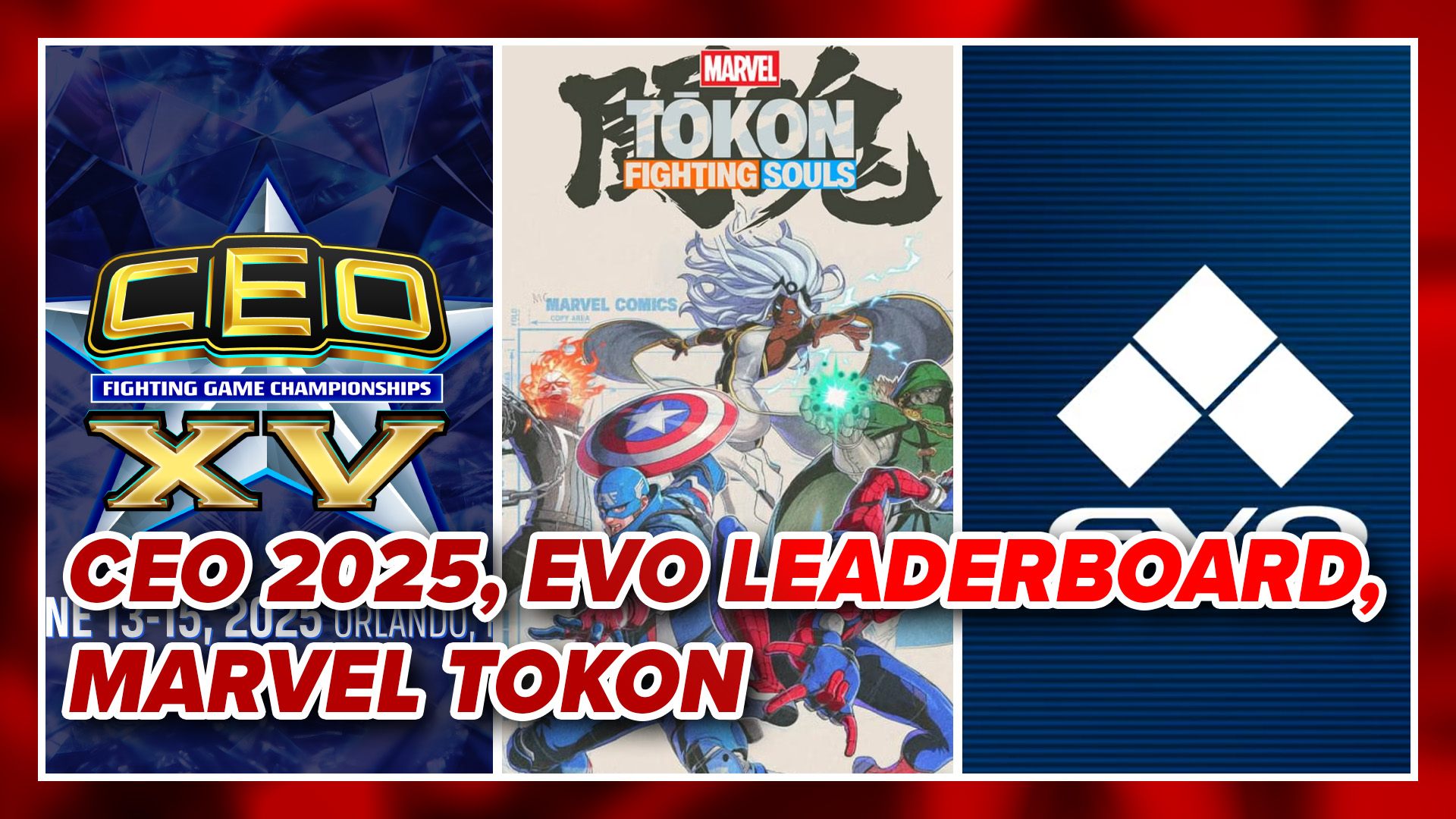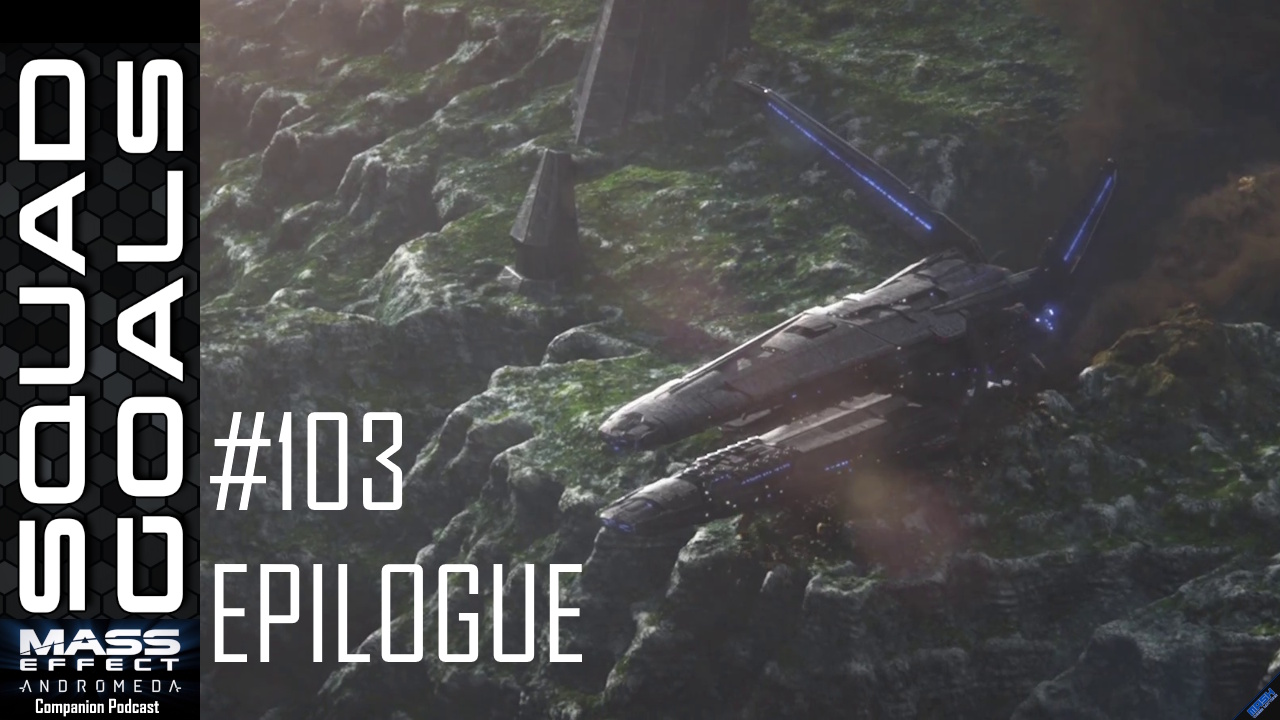In an age where games like to hold the player’s hands, it’s good when we get games that treat the player like they are capable of critical thinking – games that don’t drop hints after you die a few times or even give you critical tips between loading screens. FORCED is one of these games, and not only do the developers fully expect you to be able to work out the challenges they put in front of you, figuring those things out is a huge part of the game itself.
In FORCED, you play as a slave whose sole purpose for living is to compete in a range of trials to entertain the guardians. The game spends very little time directly teaching you how to play it, with most of your knowledge coming from experience as the game continues. Game mechanics are pretty simple: you can pick from one of four classes, none of which have names — I identified them by their weapon and power. There is a class with a hammer which does fire-type area of effect (AoE ) damage. The hammer hits hard and most of its abilities hit multiple targets, with the downside being its slow speed. Next is the melee DPS (damage per second) class that uses hand daggers. This class focuses on fast, close range attacks, as well as having abilities that allow you to escape when you are surrounded. Next is the class that uses a shield and the power of ice. This is the only class that has any type of ability to block hits as long as they come from the front, making it very useful when I needed to clear a path in front of me. Lastly, my favorite class, was ranged DPS. This class uses a bow to pick off enemies from a distance and has abilities that hit multiple enemies at a time.
At this point I’ve mentioned abilities several times, and you should know that there are two types: active and passive. Active abilities allow you to do special moves like summon a meteor on to the field or shoot a lightning bolt arrow that bounces between each target. The key to getting the most out of your active abilities, however, are through marks. Every time you hit an enemy with your basic attack they receive a mark. There is a meter above their heads to let you know how many marks a particular enemy has, and the more marks an enemy has, the more powerful your ability will be. Most ability damage will be based on how many marks each enemy has, so with a little patience you may be able to mark up an enemy enough to take him out with one hit from your special ability, or perhaps many enemies if that’s the type of ability you have chosen. Passive abilities don’t need to be activated as they are on for the entire game, and do things like make your bow shoot faster, improve movement speed, or provide various other augmentations to your class.

You start off only being able to choose one active and one passive ability, but as you collect gems you will be able to select more than one. There are three gems you can collect in each trial: one for completing the trial, one for completing a specific challenge in a trial, and one for completing the trail in a certain time frame. You characters don’t level up in this game; instead you are granted more abilities and ability slots based on how many gems you have.
Besides your own abilities, each trial has shrines that can help you as you play. The shrines can do things like heal your character, let them run faster, or damage enemies within a certain radius of the shrine. These shrines are activated by your spirit guide, or as me and my co-op partner started to call it, the ball. It’s a white, glowing orb that, from a story perspective, is supposed to guide you along the trials. In reality, it’s a white ball that you use to activate shrines by directing it over them. You can call the ball to your location by hitting space, or you can hold space and have it follow you — something useful when you’ve activated the healing shrine since the healing aura is on the ball.
Most of the trials revolve around using the spirit guide to activate, deactivate, or move shrines around to solve puzzles while fighting off enemies, and others involve destroying or holding back enemies while trying to complete other objectives. This is where the game becomes about using your head, because you are only told your objective, not necessarily how to complete it. As you can imagine, many are straightforward, such as activating X amount of shrines, while others will just tell you not to get hit by the red mist (without telling you that there are shrines holding that mist back). I found that the game will typically always give you what you need to complete a trial, however, I would be lying if I said all you needed to do was figure out how to complete the trial the “right way”.
Many of the trials come down to critical thinking, raw skill, and fast reactions. Not only do you need to complete certain trials, you also need to figure out how to survive them. Besides the basic enemies which charge you, you’ll run into enemies that have long-range projectiles, hit very heavily, or move much faster than you. Each of those isn’t necessarily a specific enemy type, as some have a few of those traits. There is a particular enemy named the Cleaver that we nicknamed “Asshole” because he was a pain in the ass to deal with, moving much faster than your character and hitting like a ton of bricks. When you throw regular enemies in the mix with him, it’s always bad news. It’s not like they will just throw one Cleaver at you, either, as it’s very common to see at least two.

I eventually learned how to deal with the Cleaver in my own way, but I don’t think it was due to some mechanic the developer put in for me to figure out. Besides putting certain shrines in the trials, I don’t think the developers really built in any mechanics to help the player get out of specific situations or beat certain enemies; leaving it for them to just figure out how to use the tools at hand and their abilities to get through. One problem we ran into is if you manage to get surrounded, there was pretty much no way out unless you had an ability that knocked enemies back or allowed you to move through them. You want to know what the best solution to that problem was? Don’t get surrounded. Playing smart and using your abilities properly is crucial to winning – don’t expect to get lucky.
Sounds much easier than it is to do. Some of the trials felt overwhelmingly challenging, and keeping your head on straight during some of these trials is a trial in itself. There are three Cleavers on the field and the longer you allow them to live, the better chance they have to kill you. You know you need to kill them, but you also can’t let yourself get surrounded by the smaller enemies or you are just as dead. Oh yeah, and there is also a shrine in the middle of the field pumping out poisonous mist that not only damages you, but also slows you down, and the only way to turn it off is by making your spirit guide go through it. That scenario I just laid out is within the first ten trials of the game. Also, just to add to the fun, after you defeat bosses they will be included as regular enemy types in other trials.
After the first two or three trials expect the training wheels to come off, and to say that you and your co-op partners (up to four) will need to use teamwork is an understatement. You can play the game solo, however, I would only recommend that if you’re looking to get a new PC and want to throw your current one out of a window. Playing solo is so frustratingly challenging that it made me want to kick a baby off a roof. The trial difficulty increases with each additional co-op partner you have, but the difference between single player and co-op difficulty isn’t that far apart.
Co-op partners need to communicate a lot. There is only one spirit guide, and to get out of certain situations, like being held down or bound by an enemy, you need the spirit guide to release you. Before we realized this there were many moments where both my partner and I were trying to control the guide at the same time, causing one of us to die. Also, enemies’ marks disappear after a special ability is used on them, so if both you and your partner use your abilities at the same time one of you will be wasting them, which, as you can imagine, can cause problems. Also, you both need to communicate for situational awareness reasons, as it’s very easy to get engulfed in what you are doing on the map and not see a big enemy or a shrine that needs to be kept in check.
FORCED can get very frustrating at times, and even feel unfair, but the frustration of the game’s challenges are only eclipsed by the sense of accomplishment you feel after defeating them. At first I thought the game wasn’t balanced, but after playing for a bit I realized that the game was balanced and I just needed to play better. I would steer clear of playing it solo, but if you have some friends you trust, I say get them together and go for it!




